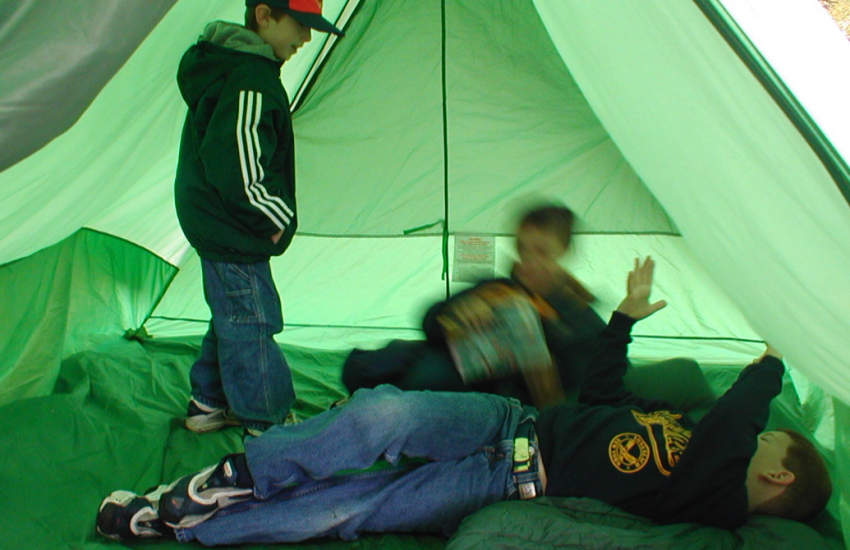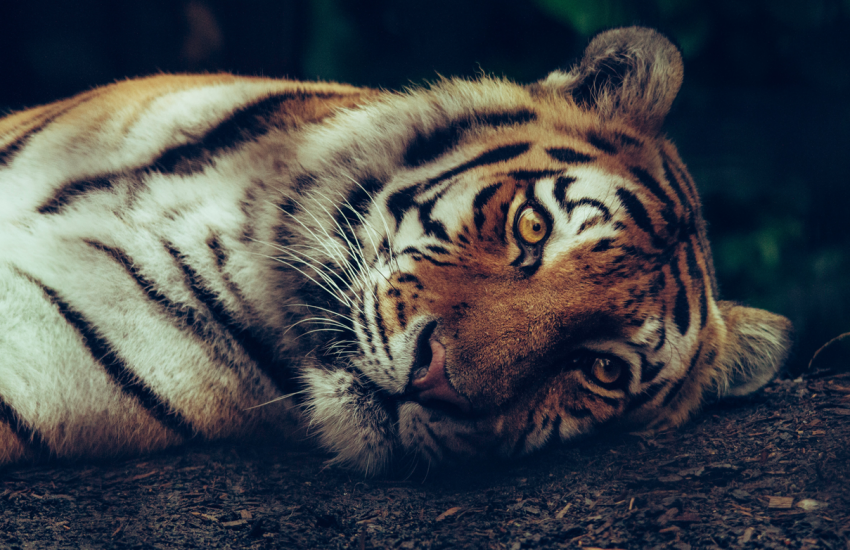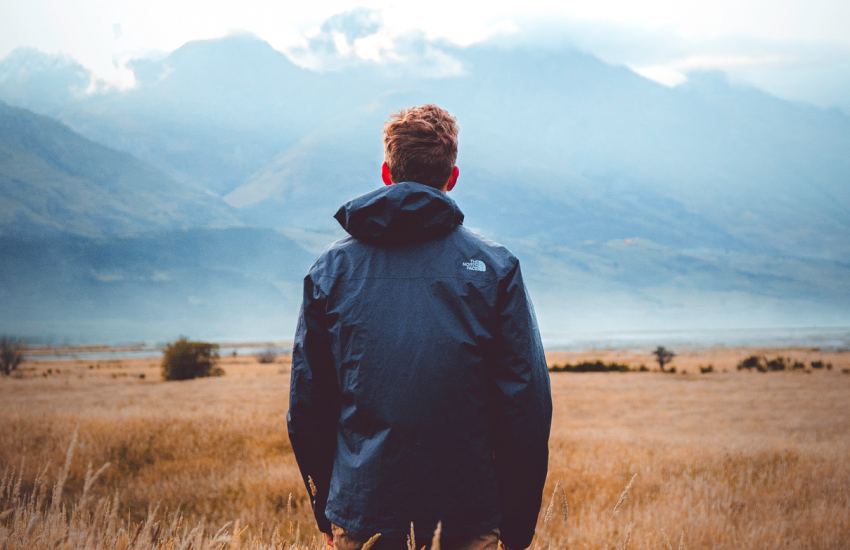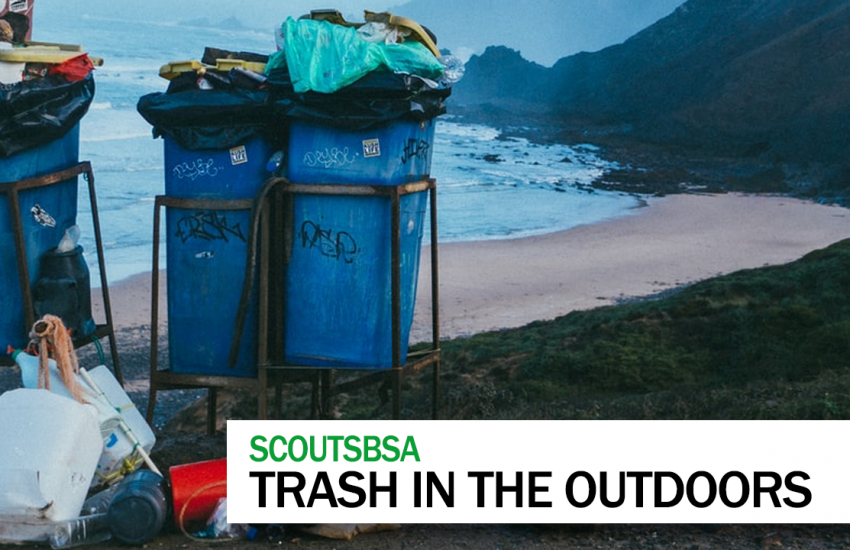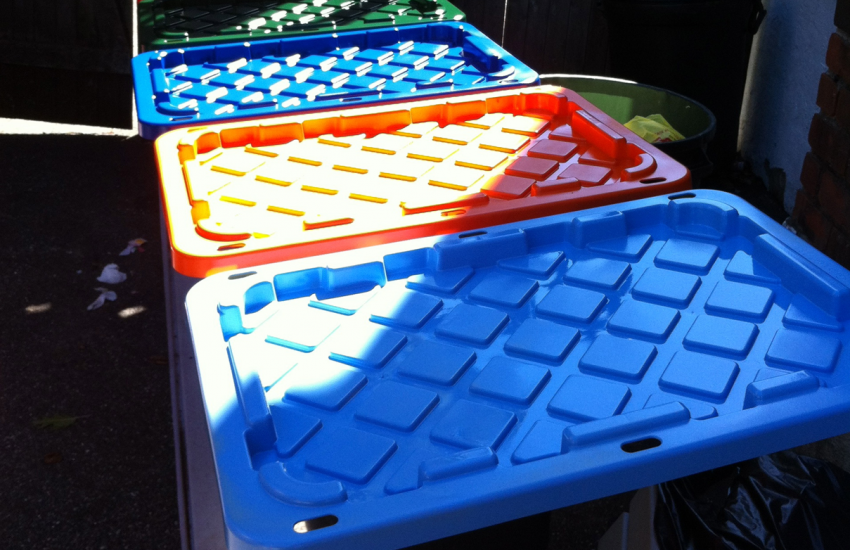Cub scout camping is an easy introduction to the outdoor experience, this exploration of the experience will make your child’s first camping experience easier for you and your son/daughter.
Show Notes:
- Coleman Deluxe PerfectFlow Lantern (Amazon)
- Coleman CPX 6 Classic XL LED Lantern, 700 lumens (Amazon)
- 2 Pack LED Lantern Tent Light Bulb for Camping (Amazon)
- Maglite Mini LED 2-Cell AA Flashlight with Holster (Amazon)
- Hyke & Byke Down Sleeping Bag (Amazon)
Transcript:
When my oldest son first joined cub scouts they sent us on a cub parent weekend that I was wholly unprepared for. They told us there were canvas tents with cots out at camp, so I just brought out the old Snoopy sleeping bag, pillows and some clothes and a super large flashlight.
Thankfully I’ve learned a lot about camping, over the years and things have gotten much better.
As a cub scout however, most families opt for the overly large tents. Some of which have screened in areas, lots of poles and take at least 3 people to set up. In addition, these tents take up a tremendous amount of space. By the time you get these set up, the only thing you want to do is lie down in them and go to sleep, as it takes so much energy to set them up.
Most of these cub adventures, at least in my council, are car camping, where they let you drive up to the site, drop your gear, and park your car elsewhere.
This however is a new thing, as I can remember those early days where we would strap everything to a wagon and pile it high to get it to the site, as they didn’t allow cars down the main road when camp was in session.
As you transition through cub scouts to more minimalistic Boy Scout camping, most items are carried in, with a single troop car to drop gear.
But there are definitely things you can to do make cub camping easier to do.
Starting with the tents, I would explore you to not purchase the 8-man tent. A 4-man tent is plenty big to mom, dad and a couple of youngsters.
Tents, regardless of the size, do not generally leak if they are set up correctly. I spend a lot of time staffing cub events and you would be amazed at how many well meaning adults will set up a rain fly right over their tent so the tent does not get wet. In general, I would suggest setting up your tent in your own backyard, and hitting it with some rain proofing spray.
Don’t waste your time setting up a fly over your tent, but do spend that time setting up that fly over your community area. It gives you and the youngsters some place to collect if the weather is bad, or even if the sun is a bit bright.
After the tents, is lighting and sleeping bags, so lets look at them one at a time.
There are 3 different types of lighting. Personal, inside tent, and communal lighting. For communal lighting, the best are propane lanterns. If you are with young scouts however it might be a better option to get a rechargeable lantern. These lights go on easy, and do not burn little hands when lit. Most options give a good amount of light. But you want to look at ones with higher lumes. They really make the area bright. You can also improve the overall lighting by hanging the light from a tree, of inside your dining fly with a bungie cord.
In tent lighting is generally a smaller version of the lantern. Battery operated, and preferably small with some hook to hang it in the tent while changing or reading.
For personal lighting I always like to go with a small flashlight on a belt. It’s always on you when you need it, and it’s one less thing in your pack.
Sleeping bags are one of those items that depend on what time of year you are going to be camping, and what area of the country you are in.
But a tip that goes across all these factors is to try and purchase as small a sleeping bag as possible within your budget.
Many cub campers have large oversized sleeping bags that only protect you to 50 degrees. You know the ones, that you can’t wrap your arms all the way around.
The better sleeping bags are smaller, lighter weight, and can fit in a pack or can be carried with one hand. It makes a big difference when you are carrying your bag, moms bag, and bags for the two kids.
Other than a foldable chair, clothes and bug spray most things are best left in the car instead of carrying them out to the site and then back again. But this is what has worked for us.
Take what you like and leave the rest, and as we say in Woodbadge, feedback is a gift, leave yours below in the comments, with the hope we can all learn together.
I’m Scoutmaster Dave, and this was cub camping.
